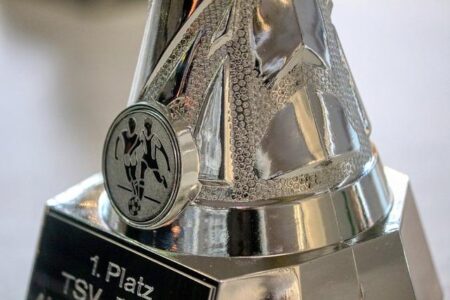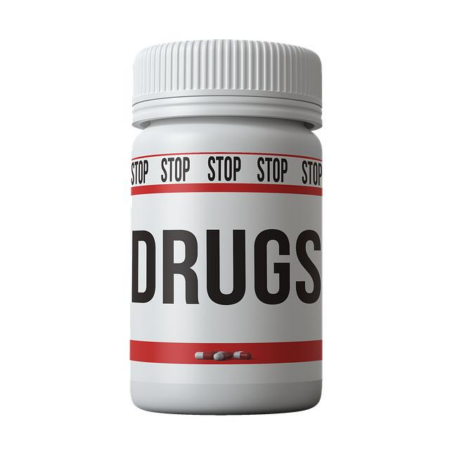Asael Adjoudj faced significant physical setbacks in the lead-up to his highly anticipated bout, revealing that he broke his foot during training camp and also battled a staph infection prior to the fight. These challenges, kept largely under wraps until now, cast new light on the difficulties the fighter endured while preparing for his latest contest. This report examines the impact of these injuries on Adjoudj’s performance and sheds light on the resilience required to compete under such adverse conditions.
Asael Adjoudj Faces Setbacks with Broken Foot and Staph Infection Before Major Fight
In a challenging turn of events, Asael Adjoudj’s training camp was abruptly disrupted when he suffered a broken foot, significantly impacting his preparation schedule. The injury not only forced a reduction in physical activity but also required immediate medical intervention, sidelining the fighter during critical conditioning phases. As if the broken foot wasn’t enough, Adjoudj was later diagnosed with a staph infection, a condition notorious for its severity and difficulty to manage within athletic circles. This double setback raised concerns among fans and experts alike about his readiness and durability heading into his highly anticipated bout.
Key complications during camp included:
- Immobilization of the foot, limiting mobility and sparring sessions
- Antibiotic treatments to combat the staph infection
- Interrupted strength and endurance training
- Heightened risk of fight cancellation or delay
| Issue | Impact | Resolution Status |
|---|---|---|
| Broken Foot | Reduced training volume | Undergoing rehab |
| Staph Infection | Health and stamina concerns | Antibiotics administered |
Medical Experts Emphasize Importance of Prompt Injury Treatment and Infection Prevention in Combat Sports
Asael Adjoudj’s recent foot fracture during training camp, compounded by a staphylococcal infection, highlights the critical need for immediate and effective medical intervention in combat sports. Experts warn that delays in treating injuries not only prolong recovery times but also elevate the risk of infections turning into severe complications. In highly physical disciplines where wounds are common, proper hygiene and early antibiotic treatment can be the difference between a quick return to competition and a devastating career setback.
Medical professionals strongly advocate for the following preventive measures to safeguard fighters’ health and performance:
- Prompt assessment: Treat fractures and soft tissue injuries immediately to avoid deterioration.
- Infection control: Maintain rigorous wound care protocols to prevent bacterial contamination.
- Regular screenings: Early detection of infections such as staph can allow timely interventions.
- Education: Fighters and teams must be informed about signs of infection and the importance of reporting symptoms early.
| Injury Type | Recommended Treatment Timeframe | Potential Complications |
|---|---|---|
| Foot Fracture | Within 24 hours | Chronic pain, delayed healing |
| Skin Abrasions | Immediately | Infection, sepsis |
| Staphylococcal Infection | Upon first symptoms | Abscess, systemic infection |
In Conclusion
Asael Adjoudj’s recent challenges in camp, including a broken foot and a staph infection, underscore the physical and mental hurdles athletes often face in the lead-up to major fights. Despite these setbacks, his determination to compete remains unwavering, highlighting the resilience required in the sport. Fans and analysts alike will be watching closely to see how these obstacles impact his upcoming performance and what strategies his team implements moving forward.








